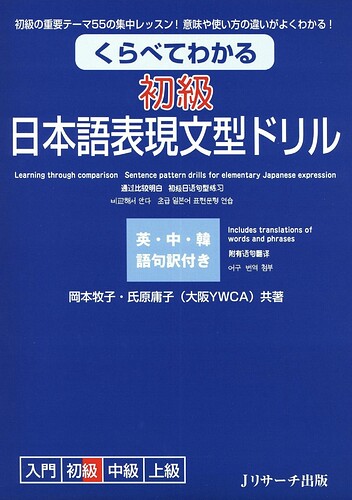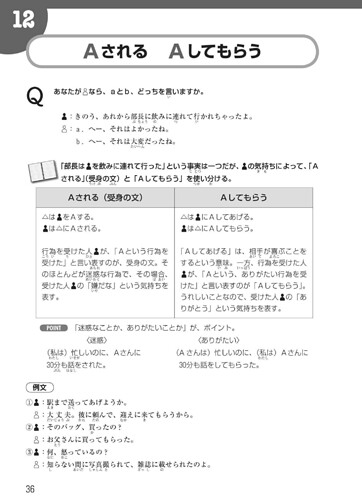Thought I would take this opportunity to plug an absolute gem I found on Amazon. This book (there are 3 volumes. Beginner, intermediate, and advanced) is without a doubt the best book I’ve ever read regarding the Japanese grammar mindset, the way a Japanese person would see it.
It is completely in Japanese but should be readable by anyone at an N4 to N3 level. It takes similar grammar points and contrasts them by presenting unique sentences where either grammar point could easily go if you don’t understand the nuance fully. Then it will tell you through explanation and pictures why one of them is the better choice.
It even compares particles! I have learned some nuance things even just from the beginner volume that I thought I already knew inside out. For example, did you know you should never use
なになにしたほうがいい as a question?
It implies you already know the answer.
That’s just one very small example of a myriad of gems in these books. If you’re the type of person who hesitates to speak because you’re stumped about which ‘similar’ grammar point you should use, this book series will give you an enormous amount of confidence in your choice of expression moving forwards.
是非見てご覧!





